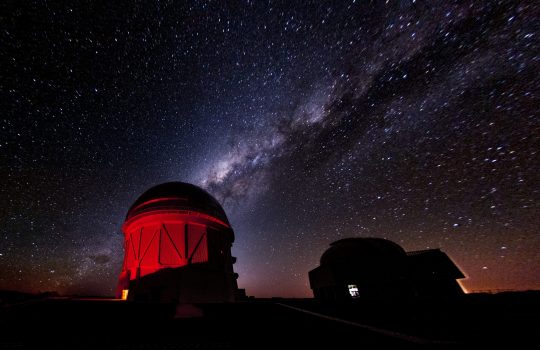DECam takes millionth exposure
From NSF’s NOIRLab, June 8, 2021: The Dark Energy Camera (DECam) built and tested by Fermilab, one of the most powerful digital cameras in the world, has taken its one-millionth exposure. DECam’s million exposures include science observations as well as test and calibration exposures taken by the camera while it was being fine-tuned after its construction and installation on the Blanco telescope in 2012.


